D.C.’s right to shelter begins on Nov. 1 as hypothermia season hits, but right now, more people are reliant on daytime drop-in centers as homeless shelters across the city are almost at full capacity.
According to the Interagency Council on Homelessness shelter capacity report shared with The Wash, on 20 Oct., only 13 beds were available in shelters across the city, with an over 98% occupancy rate.
Georgetown Ministry Center’s Executive Director Kelly Andreae has seen the impacts of that firsthand. A man comes into the center every day and borrows its phone to call all the shelters to see if they have a bed available. “When he can’t get in anywhere he walks the city, usually he has a spot that he stays in and then sleeps outside for the night, and comes back and tries it all over again the next day,” said Andreae
Another woman who regularly visits the center was once late to the shelter because her bus was late. “She ended up sleeping in a laundromat and had some really horrible things happen, because she didn’t get there in time she lost her bed,” Andreae said.
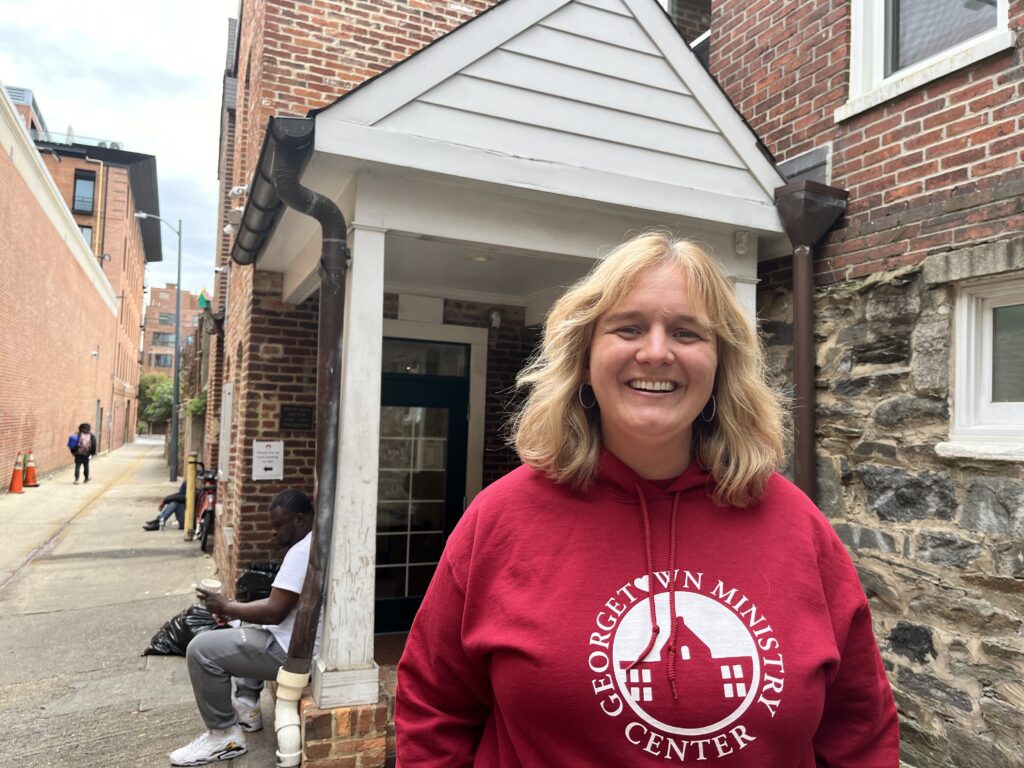
The city plans to open an additional 726 shelter beds from Nov. 1-March 31, but some members of the Interagency Council for Homelessness said they could not support the winter plan. The plan did pass with twenty votes, but eight members voted against it.
Kate Coventry, who has been a voting member of the ICH for more than a decade said, “I voted yes on the vast majority of the plans that I’ve seen,” but this year she voted against it. She said she “just didn’t feel like the planning for families was sufficient,” raising concerns over the planned capacity and how long it would take to staff extra shelters if needed, particularly for family shelters as those staff require further background checks.
Laura Zeilinger, director of the D.C. Department of Human Services said ahead of the vote at the Sept. 10 meeting, “Our success is not in how correct the prediction is, but in meeting the actual need. We have always met and will be prepared to meet the need.”
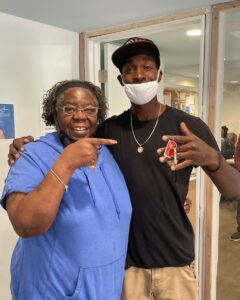
Andreae said she is confident they will provide a bed for everyone, but commented: “They’re already tight and cutting things if you’re not planning appropriately that can then be even more expensive.”
Mayor Muriel Bowser vowed to end chronic homelessness by 2017 as part of Homeward DC strategic plan. This year’s point in time count revealed D.C. had the greatest increase in homelessness across the DMV, with 694 more homeless people than in 2023.
We reached out to the Mayor’s office and DHS Director Laura Zeilinger. The statement said Mayor Bowser’s interventions have resulted in a 78% reduction in family homelessness. Zeilinger stated, in part, “The Mayor has made unprecedented investments in homelessness prevention and Short-Term Family Housing, including a more than $30 million increase in rapid rehousing this year to support more than 2,000 families with services like enhanced case management and connections to long-term housing.”
Georgetown Ministry Center supports single chronically homeless people rather than families. Kate Coventry from the DC Fiscal Policy Institute told The Wash, “It was the worst budget we’ve had since the mayor was elected for housing, we have very few vouchers, which means many more singles will be trapped in shelter for a year or more until more funds are allocated.”
“The most essential thing of my life”
Heroine Christopher visits the Georgetown Ministry Center twice a week to shower, shave, and do his laundry. “It’s the most essential thing of my life,” he said.
Christopher is one of 1,000 people Georgetown Ministry Center serves each year, providing lunch, coffee, snacks, phone and computer access, a mailing address if needed, laundry facilities, showers, and a place for people to watch TV.
“It’s good to see people in that are in the same situation that I’m in and I can get information about what’s going on with things that that pertain to me, I mean being in this kind of this situation that I’m in,” he said.
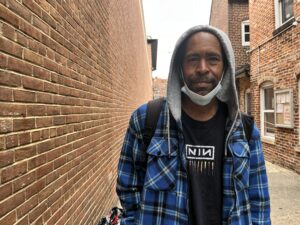
Christopher is hoping to stay in a shelter when hypothermia season begins in November, describing the shelter van as a “blessing.”
Georgetown Ministry Center supports people who have been unsheltered for a year or more. They help people who have “been failed by that social safety net so many times, building rapport and then lifting them back up and connecting them to the wider support of services,” said Andreae.
As well as the drop-in center they provide street outreach, and advocate on behalf of their guests. They hand out warm things to people who can’t or won’t go into shelters during hypothermia season for a myriad of reasons – from mental health to not wanting to be separated from loved ones, pets, or belongings.
Andreae said a government official told her the Georgetown Ministry Center have identified more people who have been homeless for three or more years than anyone else in the city, helping them to access permanent supportive housing vouchers. “Often our guests don’t have someone to advocate on their behalf, and so that’s the role we fill,” she said. “Someone who cares about them and wants to make sure they get what they deserve.”

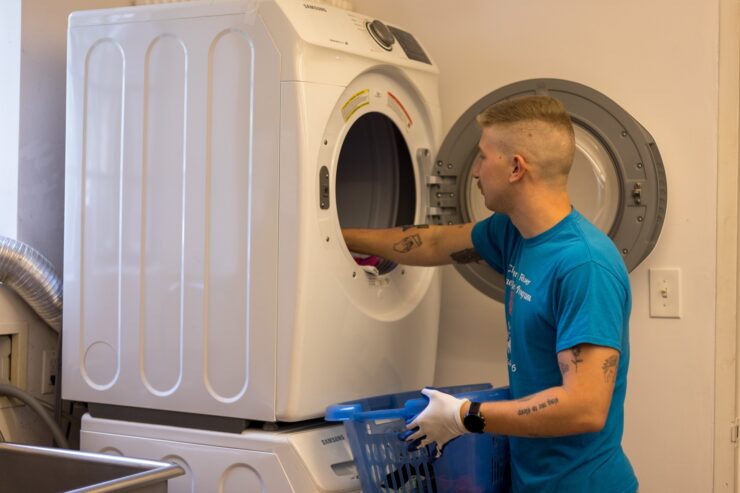

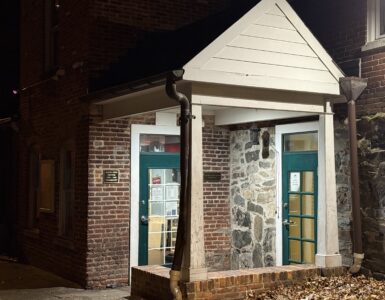
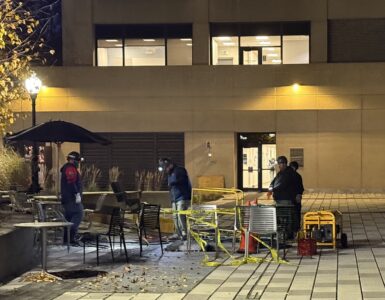










[…] beginning of November officially marks hypothermia season, meaning more people will look for city resources to stay out of the cold. With more homeless […]
[…] dificuldades por falta de fundos e de capacidade, agravando a crise, como indicam fontes do Washington Post. Especialistas criticaram a estratégia, apontando que a criminalização não resolve o problema […]
[…] a Washington Post, as vagas nos abrigos estavam no limite ou esgotadas, agravando a crise […]
I’m looking for a bed
Take Cody Niccum off of there
[…] de capacidade e atrasos no recebimento de fundos antes mesmo do anúncio. Segundo dados do Washington Post, várias instalações estavam lotadas e sem condições de receber mais moradores, agravando o […]
[…] e capacidade, com muitos passando por filas e falta de suporte, como apontam reportagens da The Wash. Ainda assim, a decisão agravou o descontentamento de usuários e defensores dos direitos […]